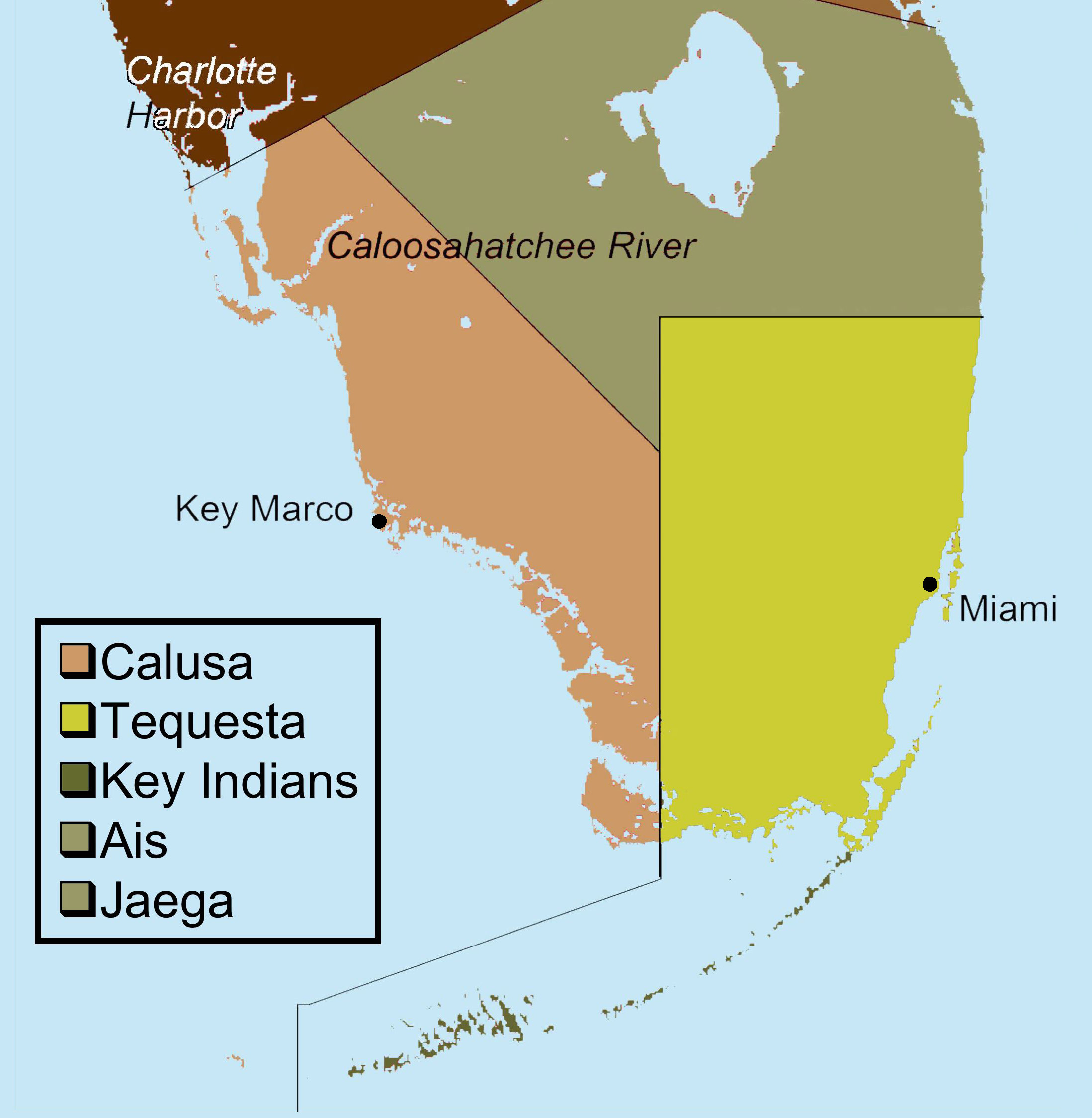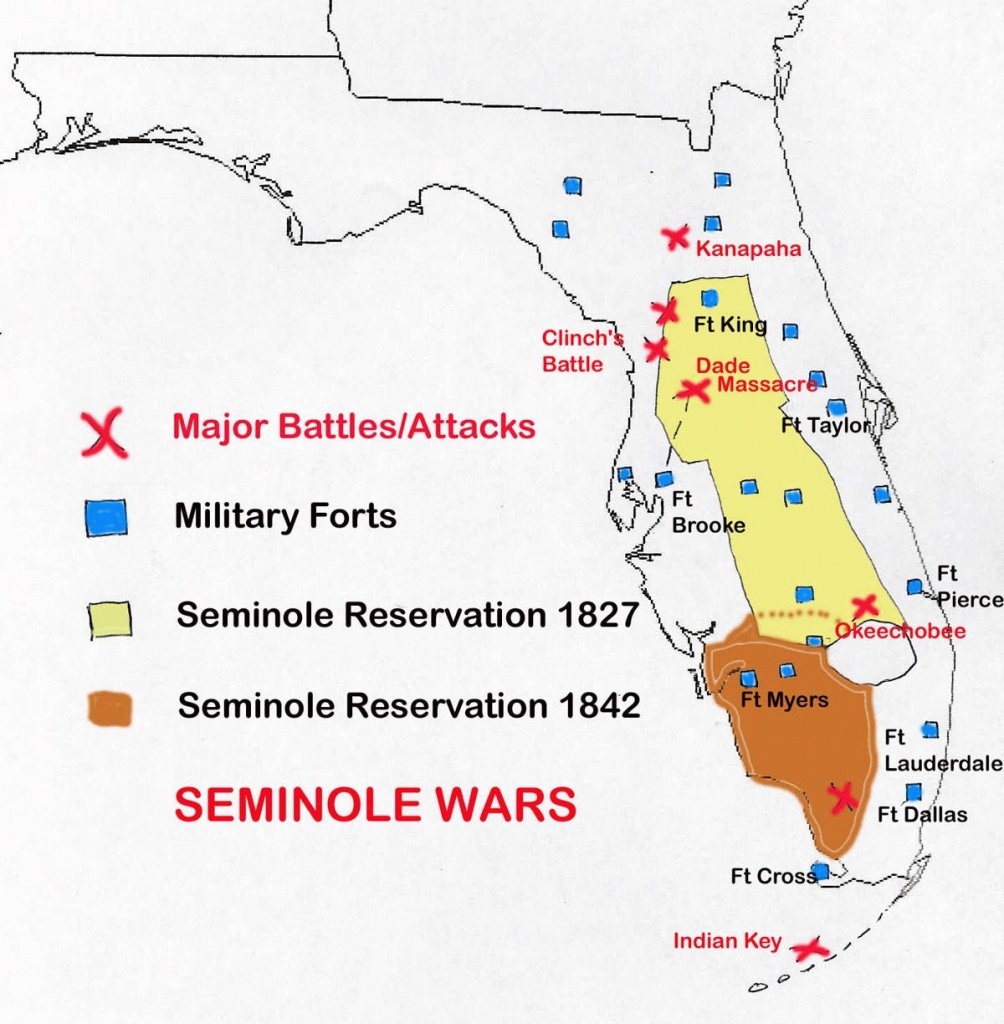The Indigenous Tapestry of Florida: A Journey Through Time and Tribes
The Indigenous Tapestry of Florida: A Journey Through Time and Tribes

Florida, a land of sun-drenched beaches, vibrant ecosystems, and rich history, was once home to a diverse array of Native American tribes. These tribes, with their unique languages, customs, and traditions, thrived in the diverse landscapes of the Sunshine State for centuries before European arrival. Their stories, woven into the very fabric of Florida’s past, offer valuable insights into the complex and fascinating history of this region.
A Tapestry of Tribes:
Related Articles: The Indigenous Tapestry of Florida: A Journey Through Time and Tribes
- Iroquois Transport: Your Smooth Ride to Any Destination
- Unravel the Enchanting Embrace: Discover the Soul of Innisville’s Native Roots
- Crow Tribe Art: Unveiling Exquisite Native American Masterpieces
- Unlock the Secrets of Ancient Craftsmanship: Discover the Magic of Wooden Native Masks
- Uncover the Savory Origins of Sallisaw: A Culinary Journey from the Heart of Oklahoma
Florida’s indigenous population, before European contact, was comprised of numerous tribes, each with its own distinct cultural identity. These tribes, spread across the diverse landscapes of the state, adapted to their environments, developing unique ways of life that reflected their connection to the land.
The Calusa: Masters of the Coastal Waters:
In the southwest of Florida, the Calusa ruled the coastal waters, their dominance rooted in their mastery of seafaring and fishing. They were known for their skilled boatbuilding, using dugout canoes to navigate the waterways and fish the abundant waters. Their society was complex, with a hierarchical structure and a powerful ruler known as the "Calusa King." Their settlements, often located on islands and along the coast, were strategically placed for defense and access to resources.
The Calusa were renowned for their artistic prowess, crafting intricate shell ornaments and jewelry. Their pottery, characterized by its distinctive designs and intricate patterns, remains a testament to their artistic skills. The Calusa’s resilience and adaptability allowed them to thrive for centuries, their legacy etched in the archaeological record and the stories passed down through generations.
The Timucua: Guardians of the Interior:
In the interior of Florida, the Timucua, a linguistic group encompassing multiple tribes, thrived in the diverse landscapes of the state’s heartland. Their villages, often located near rivers and springs, were strategically chosen to maximize access to resources and facilitate trade. The Timucua were known for their agricultural prowess, cultivating corn, beans, and squash, and their mastery of hunting and gathering.
Their society, like that of the Calusa, was organized into distinct social structures, with chiefs and elders leading their communities. Their language, a unique member of the Muskhogean language family, was spoken across a vast territory, connecting different tribes and fostering cultural exchange. The Timucua’s legacy is found in their intricate ceremonial mounds, their impressive pottery, and their unique artistic traditions.
The Seminole: A Legacy of Resilience:

The Seminole, a later arrival to Florida, are a testament to the enduring spirit of the Native American people. Though their origins lie in the southeastern United States, the Seminole found refuge in Florida’s swamps and forests, resisting forced removal and assimilation. They developed a unique culture, blending traditions from their ancestral tribes with those of the Creek and the African slaves who joined their ranks.
The Seminole’s resistance against the United States government, culminating in the Seminole Wars, is a testament to their resilience and determination. Their legacy is one of survival, adaptation, and cultural preservation, a story that continues to inspire and resonate with generations of Native Americans and Floridians alike.
The Legacy of the Florida Tribes:
The indigenous tribes of Florida left an indelible mark on the state’s history and culture. Their stories, passed down through oral traditions, archaeological discoveries, and historical accounts, provide valuable insights into their way of life, their beliefs, and their resilience. Their legacy is evident in the place names, the archaeological sites, and the cultural traditions that continue to shape Florida today.
The Importance of Recognition and Respect:

Understanding the history of Florida’s indigenous tribes is crucial for appreciating the state’s rich cultural tapestry. It is essential to acknowledge the contributions and resilience of these tribes, whose stories have been often overlooked or misrepresented. Recognizing their history and honoring their legacy is a vital step towards building a more inclusive and informed understanding of Florida’s past and present.
FAQ about Native American Tribes in Florida:
Q: What are the major Native American tribes that lived in Florida?
A: The major tribes include the Calusa, Timucua, Seminole, Apalachee, and the Ais.
Q: Where were the Calusa located?

A: The Calusa were primarily located in southwestern Florida, along the coast and on islands.
Q: What were the Timucua known for?
A: The Timucua were known for their agricultural prowess, their distinct language, and their intricate ceremonial mounds.
Q: How did the Seminole come to Florida?
A: The Seminole, originating from the southeastern United States, migrated to Florida in the 18th century, seeking refuge from forced removal.
Q: What was the impact of European contact on the Native American tribes of Florida?
A: European contact had a devastating impact on the Native American tribes of Florida, leading to disease, warfare, and displacement.
Q: What is the significance of recognizing the history of Florida’s indigenous tribes?
A: Recognizing the history of Florida’s indigenous tribes is essential for understanding the state’s rich cultural tapestry and for honoring the contributions and resilience of these tribes.
Q: What are some ways to learn more about Florida’s indigenous tribes?
A: You can learn more by visiting museums, historical sites, and online resources dedicated to Native American history. You can also support organizations that work to preserve and promote Native American culture.
Conclusion:
The indigenous tribes of Florida represent a vibrant tapestry of cultures, each with its own unique story and legacy. Their history, woven into the fabric of the Sunshine State, offers valuable insights into the state’s past and present. By acknowledging their contributions and respecting their legacy, we can foster a more inclusive and informed understanding of Florida’s rich cultural heritage.

Closure
Thus, we hope this article has provided valuable insights into The Indigenous Tapestry of Florida: A Journey Through Time and Tribes. We appreciate your attention to our article. See you in our next article!